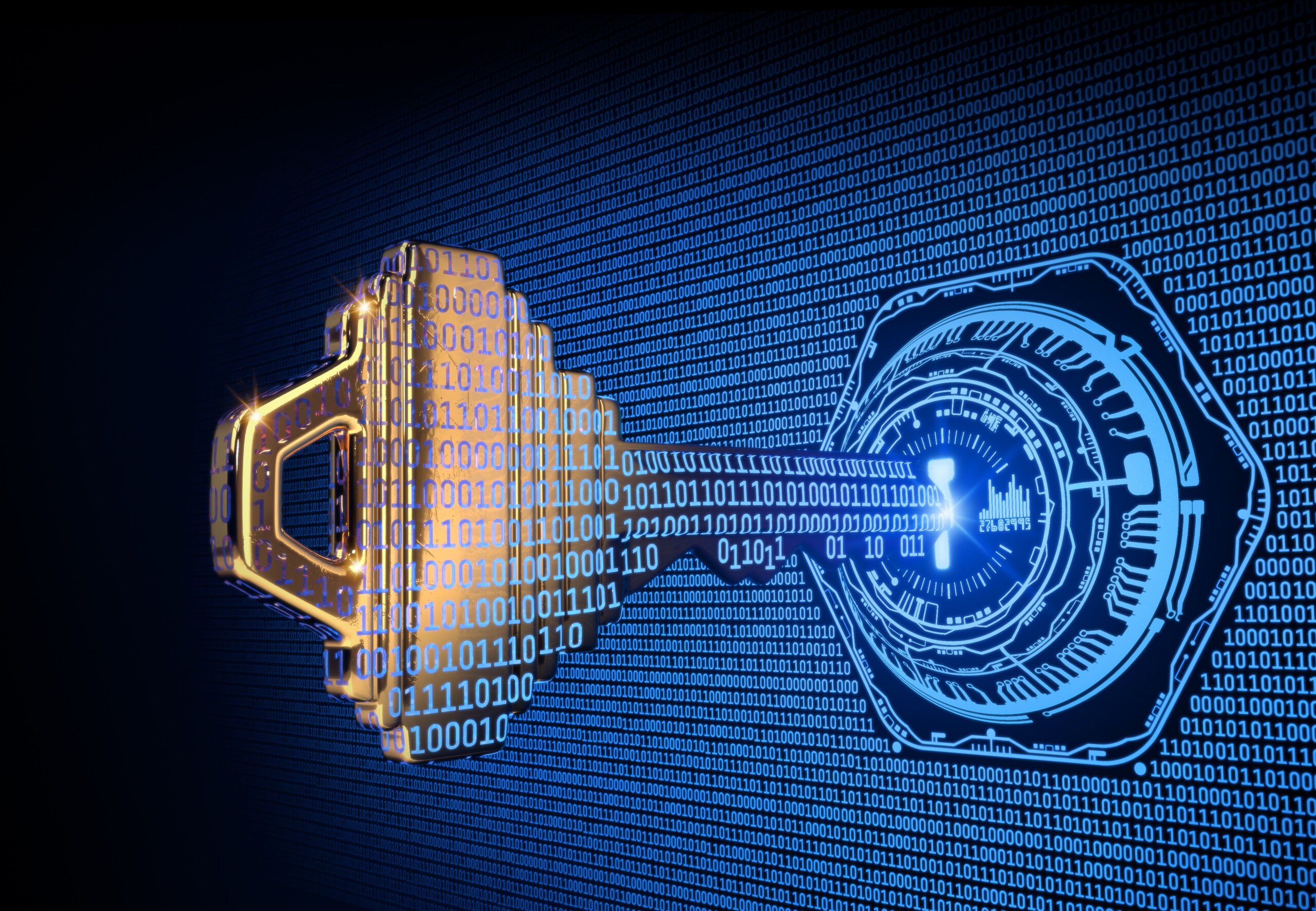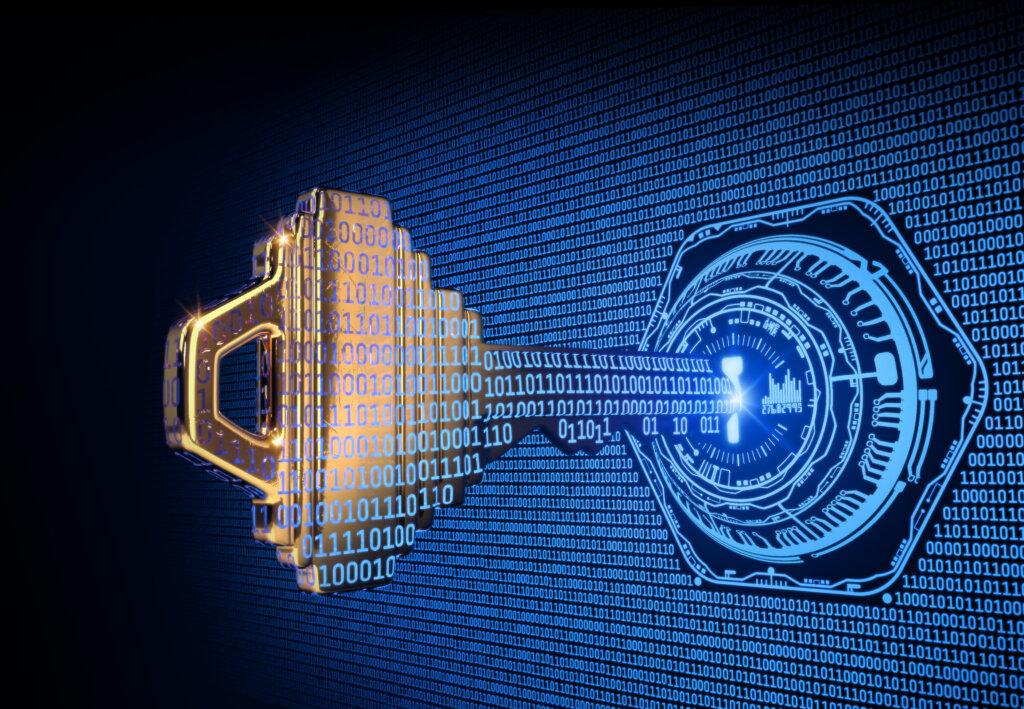Data masking and data encryption are two important data security techniques that can help you protect sensitive data and meet compliance . While not always mutually exclusive, there are some key differences between the two techniques.
What is Data Masking?
Data masking is a process of replacing sensitive data with non-sensitive data such that it preserves the format of the original data but hides the actual values. This can be done for a variety of reasons, such as:
- To protect data during development and testing
- To comply with data privacy regulations such as GDPR, CCPA, HIPAA, and PCI-DSS
- To prevent unauthorized access to sensitive data
The goal of data masking is to allow sensitive data to be used while ensuring it is kept secure. To meet this goal, sensitive data must be masked using a method that ensures there is no way to reverse engineer the process and gain access to the original data.
Data masking can be done manually or with a data masking tool. Manual data masking involves manually replacing sensitive data with non-sensitive data. This can be a time-consuming and error-prone process. Data masking tools automate the process of data masking, making it faster and more accurate. There are a few different types of data masking including static vs dynamic data masking.
A key characteristic of data masking is that the masking of sensitive data is irreversible. This is great for certain use cases such as sharing data with partners, for use in lower environments, or providing limited access based on a user’s role. For example, a customer service may only need to see the last 4-digits of a credit card number and the rest can be partially masked, e.g. “XXXX XXXX XXXX 1984”.
What is Data Encryption?
Data encryption is a process of converting data into an unreadable format, thus also protecting sensitive information. This is done using an encryption algorithm and a key. The encrypted data can only be decrypted with the correct key.
There are several different types of data encryption methods, each with their own advantages and disadvantages. One modern and increasingly popular technique is Format Preserving Encryption (FPE). This allows for the encryption of data while preserving its original format. Unlike traditional encryption, which typically produces output of fixed length, FPE produces output that retains the original length and format of the original data. By preserving the length and format of the data, FPE supports use cases such as application testing, similar to data masking.
However, the key difference between data masking and data encryption is that encryption is reversible, albeit only with the right key. This is very useful for protecting sensitive data as it is being stored in data stores, in transit between systems, and potentially even as it is being used during data analysis. Encryption reduces the risk of data breaches while still allowing for original data to be accessible only by authorized users.
Conclusion
Data masking and data encryption are important data security techniques that are required for many standards and regulations, including GDPR, HIPAA, PCI DSS, and CCPA. They also help to protect sensitive data from unauthorized access, theft, or disclosure.
Modern solutions such as those from Baffle allow you to choose any of these data masking methods, or a combination of these methods. A flexible platform, it provides you robust options to mask your sensitive data the way you want to mask it, and to enable both field-level and record-level data masking. Baffle does all of this with no application code changes, helping you avoid lengthy projects and minimizing disruptions.
Learn More
To see a demo of data masking and encryption and discuss your data protection concerns, please schedule some time with Baffle’s data protection experts.
Join our newsletter
Schedule a Demo with the Baffle team
Meet with Baffle team to ask questions and find out how Baffle can protect your sensitive data.
Easy
No application code modification required
Fast
Deploy in hours not weeks
Comprehensive
One solution for masking, tokenization, and encryption
Secure
AES cryptographic protection
Flexible
No impact to user experience




